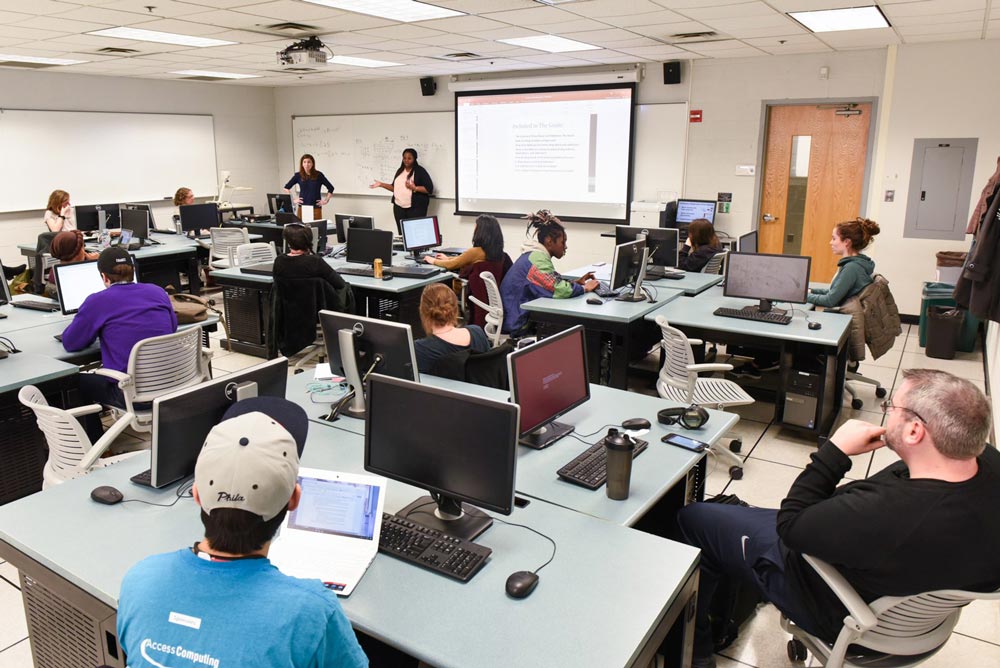Focus on Single Issue: Covering Addiction

In "Solutions Journalism: Covering Addiction," a special topics course, a group of students from Temple University’s Department of Journalism in the Klein College of Media and Communication spent a full semester reporting on addiction solutions. This 16-week solutions journalism course, taught by Jillian Bauer-Reese at Temple University, explored questions such as how news organizations impact the public's perception of addiction, how the news media's portrayal of addiction has evolved over time, the role of race and socioeconomic status in addiction coverage and how to shift to a solutions-oriented approach in addiction reporting.
The class, which met for an hour and 20 minutes twice a week, aimed to impart to students the ability to define through analysis what solutions journalism is and isn’t, discriminate between solutions journalism, advocacy and soft news, recognize why and how solutions journalism can produce impactful stories and engage audiences, and develop a framework to create solutions journalism through appropriate story structure.
IN-CLASS LECTURE AND DISCUSSION
In addition to the essentials of solutions journalism, in-class discussions, which often included guest speakers, tackled harm reduction, detox, in-patient and out-patient rehab, recovery housing, support groups, cognitive behavioral therapy, medication-assisted recovery, recovery through fitness, community efforts, church efforts, drug policy, prison alternatives and advocacy movements.
HOMEWORK ASSIGNMENTS
Students collaboratively published a website featuring solutions-oriented multimedia reporting on addiction, as well as a printed book that highlighted some of that coverage. Students then presented the project to faculty, local journalists, and individuals from the addiction and recovery communities.

